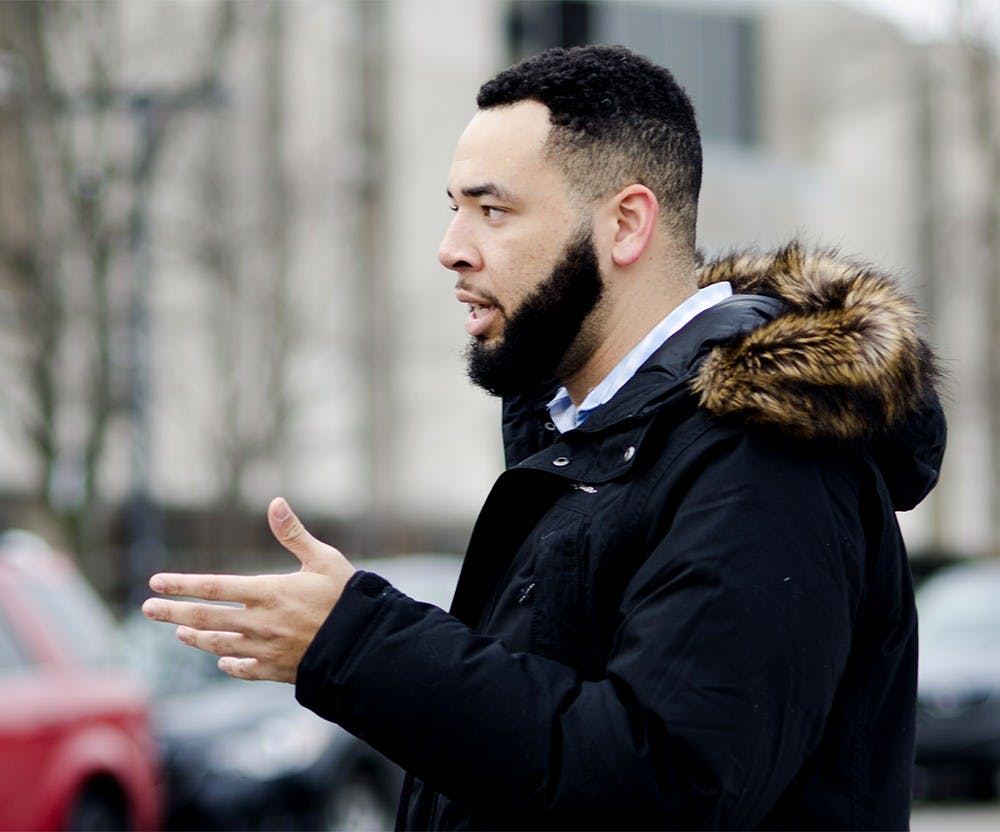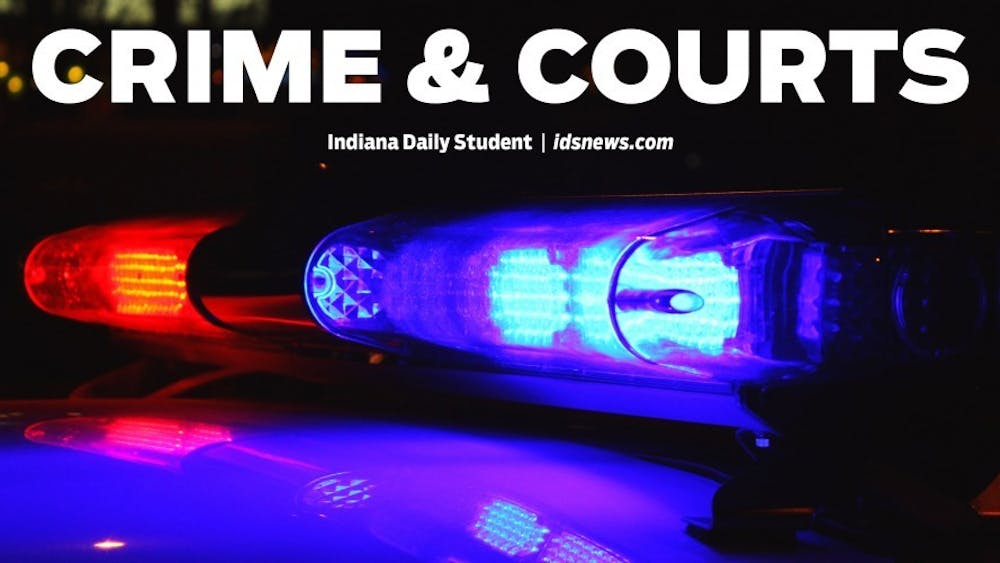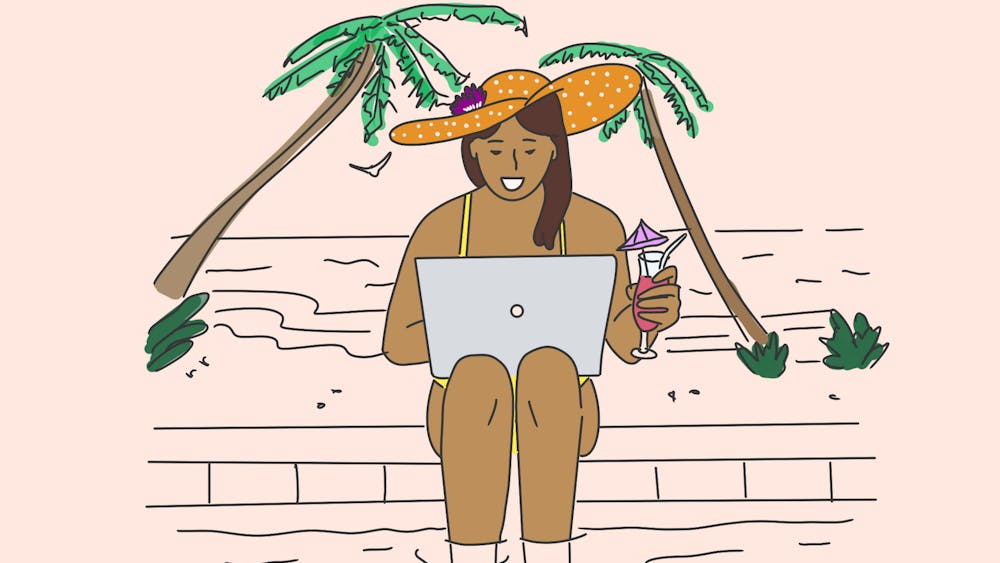As graduate student Dorian Davis walked to his car after leaving Kilroy’s Bar and Grill, a car rolled up next to him. At first, he thought it was a friend of his. But then someone in the car threw a drink onto his jacket. Someone else called him the N-word.
Davis said first he was scared they might become more violent, then that he was angry at himself for not reacting. But mostly, he said he felt sorry the four people in the car thought that kind of aggression was acceptable.
“I’m from the South, so I thought I knew racism, but I’ve never had anything like this happen,” Davis said. “It made me want to go back home to North Carolina. But I eventually decided since it did happen to me, I needed to speak out and at least give people the chance to listen and change.”
Davis’ experience is a perfect example of a hate crime, IUPD Capt. Andy Stephenson said. A hate crime, as defined by the Clery Act and the FBI Uniform Crime Reporting Program, is any crime related to bias, usually through hateful or prejudiced words, Stephenson said.
Hate crimes reported to IUPD are rare, Stephenson said. According to IU’s 2015 annual security report, only eight hate crimes were reported from 2012 to 2014. Five were racially motivated. But even a single hate crime on campus is indicative of a larger problem, Stephenson said.
“I don’t think the crime committed reflects the attitudes of all of IU,” Davis said. “But racism is real, and how the University responds to it will reflect upon IU and what they think of groups like black students.”
Diversity and equality have been billed as major areas of focus by IU’s administration. In her 2016 State of the Campus Address, Provost Lauren Robel praised the increased admission rates of black and Latino students into the University and its honors programs.
Still, University efforts don’t always parallel the campus environment, said Luqmann Ruth, a senior who helped organize last semester’s Black IUnity March.
“There are black students working to create a community for ourselves with the black fraternities and sororities, the Black Student Union, the Neal Marshall Center,” Ruth said. “But it feels like there’s not enough support from the University, so the only places where we can be around people similar to us are splintering.”
Both Ruth and Davis spoke of experiences that might not be considered hate crimes, but still make black students like them feel unwelcome. Ruth and Davis called them micro-aggressions, moments that are harder to pinpoint than outright crime.
Ruth said he was laughed at by students on the lawn of a fraternity while he rode past them on his bike. Ruth also said students turned their backs on him when he walked into a party full of primarily white students. Davis said four of his friends were called monkeys and told to go back to the zoo while walking home from Dunnkirk.
It can’t be proven these things were racially motivated, Davis said. But he said it often feels like a deliberate effort to make black students feel out of place.
Other instances of racially-motivated hate crime are difficult for officers to pursue, Stephenson said, such as derogatory graffiti or crimes where the suspect doesn’t explicitly use hateful language.
IUPD and the Bloomington Police Department both sat down with Davis to hear his story, Stephenson said. IUPD coordinates with the IU Office of Student Ethics and the Dean of Students Office to investigate every hate crime report.
“Crimes like this are ridiculous and shouldn’t be happening today,” Stephenson said. “We pursue the criminal aspect of the reports and hope that IU’s administration can help educate students.”
Ruth said he thinks creating a closer black community on campus would be a good first step toward a more positive experience for black students. Increased verbal and financial support for the Neal-Marshall Black Culture Center, the Black Student Union and movements like the Black IUnity March would show a vested interest in the college experience of minority students, Ruth said.
Davis said he thinks getting more University officials and other students to listen to what black students have to say would be a good enough start.
“The voice of our community should never be devalued,” Davis said. “Diversity is one of IU’s biggest missions, but it doesn’t matter if our campus is half black if those black students don’t feel like they belong.”






